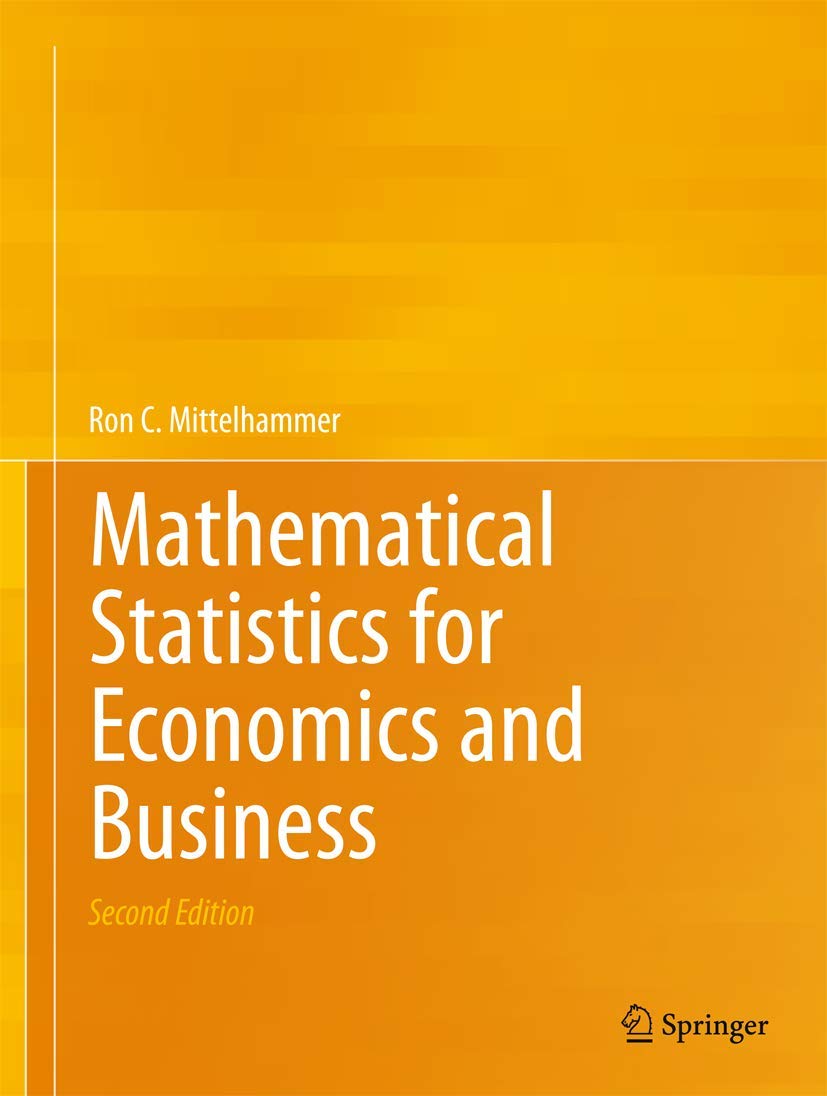

Most ebook files are in PDF format, so you can easily read them using various software such as Foxit Reader or directly on the Google Chrome browser.
Some ebook files are released by publishers in other formats such as .awz, .mobi, .epub, .fb2, etc. You may need to install specific software to read these formats on mobile/PC, such as Calibre.
Please read the tutorial at this link: https://ebookbell.com/faq
We offer FREE conversion to the popular formats you request; however, this may take some time. Therefore, right after payment, please email us, and we will try to provide the service as quickly as possible.
For some exceptional file formats or broken links (if any), please refrain from opening any disputes. Instead, email us first, and we will try to assist within a maximum of 6 hours.
EbookBell Team

0.0
0 reviewsMathematical Statistics for Economics and Business, Second Edition, provides a comprehensive introduction to the principles of mathematical statistics which underpin statistical analyses in the fields of economics, business, and econometrics. The selection of topics in this textbook is designed to provide students with a conceptual foundation that will facilitate a substantial understanding of statistical applications in these subjects. This new edition has been updated throughout and now also includes a downloadable Student Answer Manual containing detailed solutions to half of the over 300 end-of-chapter problems.
After introducing the concepts of probability, random variables, and probability density functions, the author develops the key concepts of mathematical statistics, most notably: expectation, sampling, asymptotics, and the main families of distributions. The latter half of the book is then devoted to the theories of estimation and hypothesis testing with associated examples and problems that indicate their wide applicability in economics and business. Features of the new edition include: a reorganization of topic flow and presentation to facilitate reading and understanding; inclusion of additional topics of relevance to statistics and econometric applications; a more streamlined and simple-to-understand notation for multiple integration and multiple summation over general sets or vector arguments; updated examples; new end-of-chapter problems; a solution manual for students; a comprehensive answer manual for instructors; and a theorem and definition map.
This book has evolved from numerous graduate courses in mathematical statistics and econometrics taught by the author, and will be ideal for students beginning graduate study as well as for advanced undergraduates.